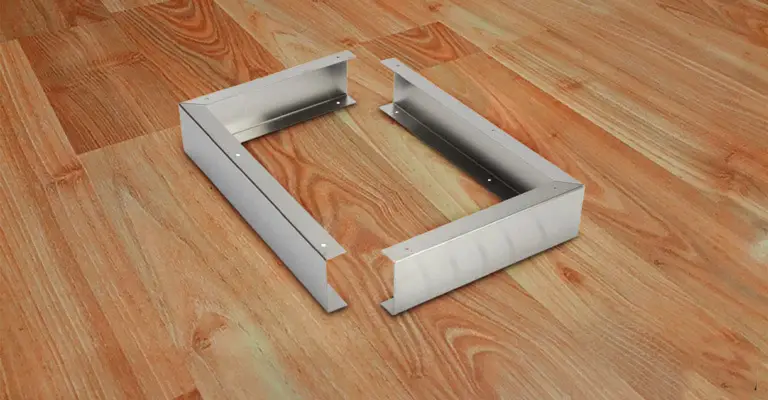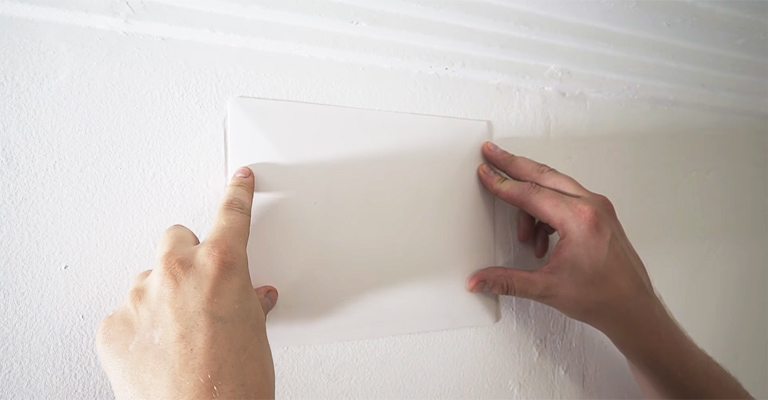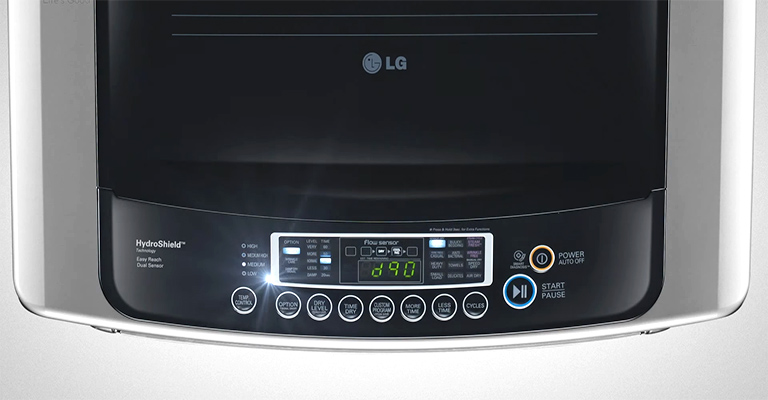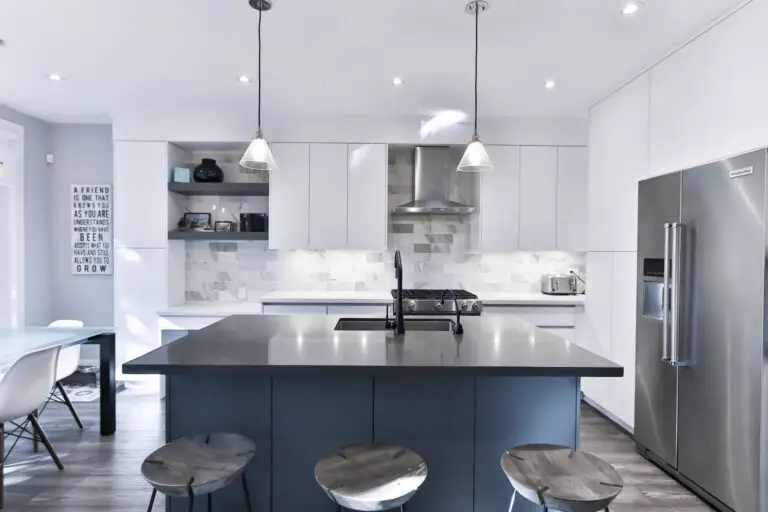How Do You Fill the Gap Between Cabinets and Microwaves
The best solution to fill the gap between cabinets and microwaves is to use a microwave side panel kit or microwave trim kit. But sometimes, using them isn’t possible. In that case, use fillers as alternatives, or get creative and build some additional storage.
How Do You Fill the Gap Between Cabinets and Microwaves
In most cases, the kitchen appliances like dishwashers, microwaves, stoves are bought independently. As a result, while installing them in the kitchen along with the cabinets, it is not uncommon to have some unintentional gaps between the appliances and the cabinets.
The dimensions of microwaves vary depending on brands and models. So, if you wish to upgrade your microwave in the future, you may want to install the cabinets in such a way that they can accommodate a bigger one. This can lead to an unwanted gap between the cabinets and microwaves, which may look unsightly.
There are a few ways to fill the gaps between cabinets and microwaves. You can either choose the obvious options or throw out some clever ideas to utilize the gap.
Microwave Side Panel Kit
A microwave side panel kit, also known as a microwave trim kit is ready-made equipment that you can use to cover the extra space between the cabinets and the microwave.

Microwave trim kits fit best when you are installing the microwave inside a cabinet opening. As these kits are particularly made to fill the gaps around microwaves, all you need to do is attach them with some bolts.
Though this may be the common solution to the problem, the only setback is that these kits are made for some specific size of the opening between the cabinets. So, if you are unable to find the right size of kit for your particular opening, you may need to consider other options.
Fillers
In addressing the common issue of gaps between microwaves and cabinets, a practical solution is the use of cabinet fillers. These fillers are custom-made strips that can be easily attached to the sides of your microwave, seamlessly bridging the space between the appliance and your cabinetry.
They not only improve the overall aesthetics of your kitchen but also prevent dust and debris from accumulating in these gaps. For a comprehensive guide on selecting and installing these fillers, many vendors offers different sizes of fillers along with valuable resources and tips, ensuring a polished and cohesive look in your kitchen design.
Scribe Molding
Scribe molding is thin, finished pieces of wood. Some cabinets use molding around the perimeter as borders. These moldings can be a great choice to fill the gaps between the cabinets and microwave due to their flexibility.
Cabinet Filler Strip
Sometimes, some filler strips are provided with the cabinets. They are made of the same materials as the cabinets and have the same finish. These strips usually have a width between one and a half inches to three inches. However, wider strips are available out there.
These similar-looking, finished filler strips are one of the most effective ways to hide the gaps. But they can be difficult to work with if the size of the gap doesn’t match with the strips.
IKEA Deco Strip
These are a type of decorative strips which are mainly used with kitchen cabinets. These pieces are often used to hide the lighting units, cords, and power outlets under wall cabinets. These strips are easy to work with and give an aesthetically pleasing look.
To install any type of filler strips, at first, take measurements of the gap. Then cut the pieces according to the size of the gap. Check if the piece is equal in length with the cabinet from top to bottom edge. Lastly, attach the pieces with the cabinet uniformly.
Additional Storage Spaces
If the gap between the cabinet and the microwave is a bit wide, like 6 inches or more, it’s time to get creative. You can use similar materials which are used to build the cabinets and utilize the tiny space by turning it into an additional storage space. If you don’t have carpentry skills, you may need to seek help from an expert.
A Narrow Cabinet
What else can be better other than getting to keep your cookbook just beside the microwave oven? Build a narrow cabinet in the gap and keep the cookbook close to you while you are cooking. You even can use this cabinet for storing thin items like pastry sheets.
A Small Shelf
Turn this gap into a small narrow shelf. You can keep small spice jars in it. If you are a plant lover, you may even use this space to showcase some tiny plans in small pots. By this, your kitchen will get a livelier look.
FAQs
1. Can you use any trim kit for the microwave?
Answer: Microwave trim kits are very model-specific. Different microwaves have different dimensions. Even if the dimensions match, the trim kit may not be compatible due varieties of reasons, such as the position of the leg, door opening, etc. So, make sure to check if your model is compatible with a trim kit before buying it.
2. What is the difference between a countertop microwave and a built-in microwave?
Answer: A countertop microwave is the one that can be placed on the counter, whereas a built-in microwave is designed to be tucked into a cabinet or a wall. A countertop microwave is cheaper and more flexible.
On the other hand, a built-in microwave is expensive and not portable. But it saves space on the counter.
3. Why Is My Apartment So Hot at Night?
There are many reasons why your apartment can be so hot at night. Some of the causes are that the AC is not working properly, the thermostat is too close to the window, or there are insulation issues with your walls.
Final Words
Gaps between the cabinets and the microwave require different solutions according to different circumstances. Though a microwave trim kit or microwave side panel kit is the most straightforward answer, it isn’t always the ideal one. Be creative to get an attractive and convenient outcome.
Discover how incorporating a custom stainless steel cabinet door not only bridges the gap between your cabinets and microwave but also elevates your kitchen decor; this solution offers both aesthetic appeal and functionality.






